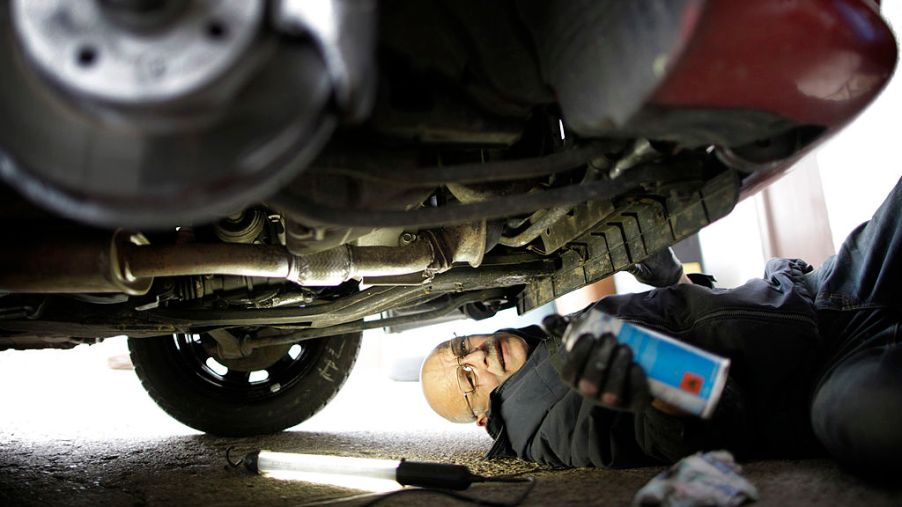
What’s the Difference Between a Powertrain and Bumper-to-Bumper Warranty?
At first glance, you might have a general understanding of what is covered with a powertrain warranty and a bumper-to-bumper warranty. There are, however, some considerable variables to consider before you buy your new vehicle.
It’s important to see the list of what is covered as well as the terms for the different coverages before you buy. You don’t want to find yourself in a predicament, with a defective part, and a hefty repair bill. We thought we would explore the different warranties to help shed some light on your next buying adventure.
What does the powertrain warranty cover?
Defects or issues with your new vehicle’s engine, transmission, driveshaft, or axles, will be covered by the manufacturer. These components are critical to your ride’s ability to drive.
Most coverages are limited to a timeline in years of ownership or mileage benchmarks, whichever occurs first. The most common powertrain warranties provide 5 years or 60,000-100,000 miles, depending on the engine type.
These features of your new vehicle would be the most expensive to repair or replace, so understanding your precise coverage terms is a critical first step.
Bonus Tip: Not everything designed to make your car or truck go, is covered in the powertrain warranty. Wear items like clutches, drive belts, and batteries are not included.
What does the bumper-to-bumper warranty cover?
The bumper-to-bumper warranty tends to cover everything, as the name implies, from bumper to bumper. Electronics, audio systems, heating, and cooling systems, and suspension components would fall into this coverage category.
Again, it’s essential to discuss with your dealer the complete list of what is covered, as these warranties do sometimes vary between brands and models. The timeline and limitation terms may differ as well, depending on the type of vehicle you choose.
Bonus Tip: Wear and tear items are not typically covered, nor are the actual bumpers or body panels. Glass, interior trim, and surfaces are not normally included in this warranty.
What’s the major difference between the two?
Powertrain coverage is limited to those previously mentioned power-supplying and driving components of the vehicle. The bumper-to-bumper warranty typically covers the other comfort systems of the vehicle.
Think big parts as powertrain, and functional systems as bumper to bumper aspects. Bumper-to-bumpers generally expire sooner than the powertrain warranties, too, due to the increased risk of the smaller systems malfunctioning over time.
What about vehicle service contracts?
The vehicle service contract, much like the powertrain warranty, is a method to offset the costs of repairs. They are, however, very different in what and how they protect your investment.
They are usually provided by independent companies and not the manufacturer. VSC’s can be helpful in terms of flexibility of conditions, offering add-ons for roadside assistance, and even rental car reimbursement.
What about parts or body warranties?
As you explore your dream car or truck’s warranties, inquire about any additional warranties that might be available on individual parts or components. For example, high-performance parts might have guarantees should there be defects or malfunctions.
You may also want to inquire about rust or corrosion coverage, as neither would be included in the powertrain or bumper-to-bumper warranties. Should your vehicle experience premature deterioration on its body, you may have options for repair.
Is extended warranty coverage necessary?
No one likes to be sold extra coverages they may not need. But, before you tell the finance manager that you’re not interested, make sure you understand what coverages come with your new vehicle as-is. You can then decide if you need to explore a broader umbrella of coverage to help offset additional costs.
It will also depend on how you plan to drive and use your new car or truck. If you anticipate a heavy workload with a heavy-duty full-size truck, your needs will be vastly different from someone looking for a small to mid-size family sedan.
The best advice we can offer is to first know and understand the new vehicle’s available coverages for both powertrain and bumper-to-bumper systems. You can then decide if other coverage makes sense for you, and be smart about only adding in what you need.


